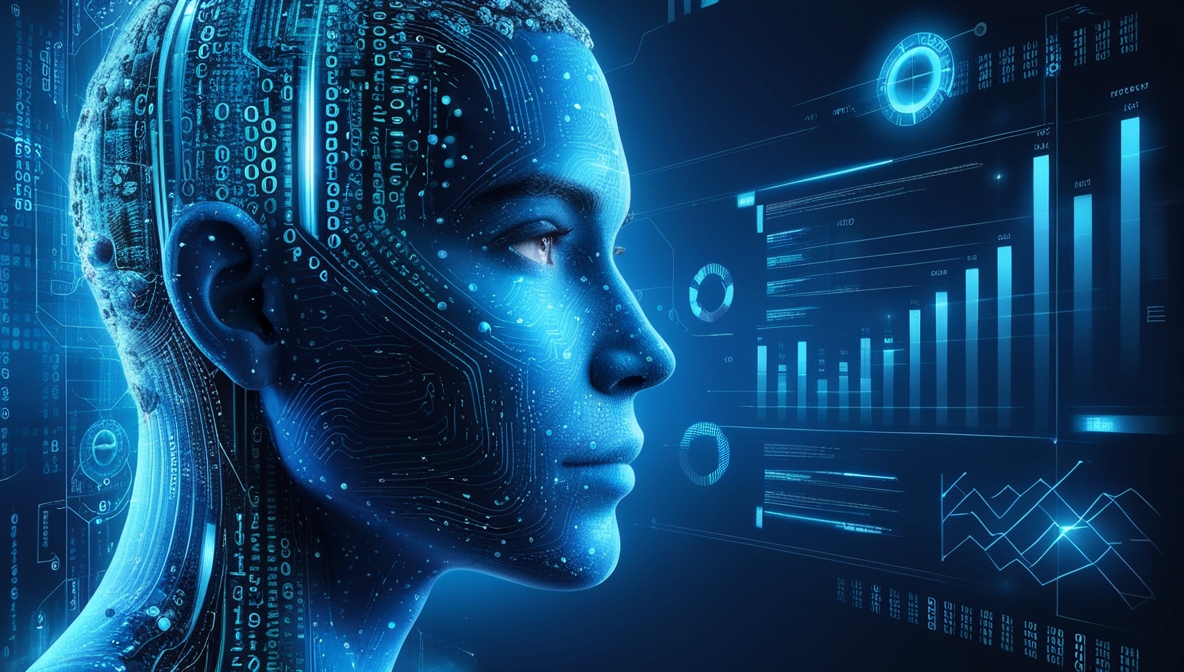Trustworthy AI: A Comprehensive Primer on Ethical Artificial Intelligence (AI)
Developing AI that’s both powerful and ethically sound can be challenging. Dive into this comprehensive primer to discover the foundational pillars of trustworthy AI and gain actionable insights for embedding ethics in your AI projects.

